What are the functions of grid-connected and off-grid inverters?
 Sep 06,2022
Sep 06,2022

 sunchees solar system
sunchees solar system
Off-grid photovoltaic power station is to store solar power into storage battery, and then convert it into 220V voltage for household use through inverter.
Grid-connected photovoltaic power station refers to the grid-connected photovoltaic power station, which has no electric energy storage device, and is directly converted into the voltage requirements required by the national power grid through an inverter, and is preferentially used by families, and the electricity that families can not use up can be sold to the country.
At present, with the support of national policies, solar photovoltaic power generation is being vigorously supported. As long as household photovoltaic power stations generate electricity, there will be state subsidies. However, if you are connected to the grid, you must first apply to the local state grid department.
Grid connection means that it must be connected to the public power grid, that is, solar power generation, home power grid and public power grid are linked together. This is a power generation system that must rely on the existing power grid to operate.
It is mainly composed of solar panels and inverters. The solar panels are directly converted into 220V alternating current through the inverter and supply power to household appliances. When the solar power generation exceeds the electricity used by household appliances, the excess electricity is delivered to the public power grid. When the solar energy can't meet the needs of household appliances, it will be automatically supplemented from the power grid. And the whole process is intelligently controlled without manual operation.

Because this photovoltaic power generation system does not need batteries, it greatly saves the cost. Especially, the national grid-connected policy has clearly indicated that household photovoltaic power stations can be connected to the grid for free, and the surplus electricity can also be sold to power companies.
From the long-term perspective of investment, according to the 25-year service life of household photovoltaic power plants, the cost can be recovered in about 6-10 years, and the remaining ten years will be earned. Therefore, if you want to save the electricity bill and the electricity supply is convenient, you should choose the grid-connected solar power generation system, which is also the mainstream way at present.
However, grid connection also has its disadvantages, that is, when the public power grid is cut off, photovoltaic power generation can't run. However, if the grid-connected inverter is replaced with intelligent microgrid inverter (grid-connected and off-grid hybrid inverter), the power station can still operate normally when the power is cut off.
So, how can we store the electricity generated during the day for use at night? This requires the addition of controllers and batteries, etc. During the day, the controller stores the power generated by PV in the battery, and at night, the controller releases the power stored in the battery for lighting.
Off-grid photovoltaic power station, also known as independent photovoltaic power station, is a power generation system that operates independently without relying on the power grid. It is mainly composed of solar panels, energy storage batteries, charge and discharge controllers, inverters and other components. The electricity generated by the solar panels directly flows into the storage battery and is stored. When it is necessary to power the electrical appliances, the direct current in the storage battery flows through the inverter and is converted into 220V alternating current.
This is a repeated cycle of charge and discharge process. This kind of power generation system is widely used because it is not limited by the region. It can be installed and used as long as there is sunlight, so it is very suitable for remote areas without power grid, isolated islands, fishing boats, outdoor breeding bases, etc. It can also be used as emergency power generation equipment in areas with frequent power outages.
This kind of system must be equipped with storage batteries, and it accounts for 30-50% of the cost of the power generation system. Moreover, the service life of the battery is generally 3-5 years, and then it has to be replaced, which increases the use cost. Economically speaking, it is difficult to be widely used, so it is not suitable for use in places where electricity is convenient.
But for families in areas without power grid or areas with frequent power outages, it has strong practicability. Especially, in order to solve the lighting problem in power failure, DC energy-saving lamps can be used, which is very practical. Therefore, the off-grid power generation system is specially used in areas without power grid or areas with frequent power outages.




 Home
Home How to correctly configure the solar power generation system?
How to correctly configure the solar power generation system?  You May Also Like
You May Also Like
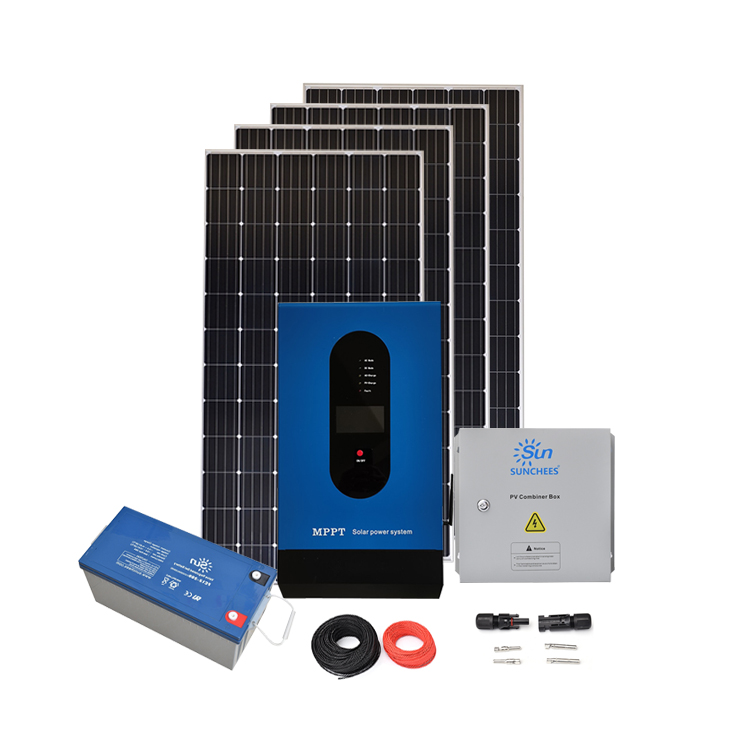

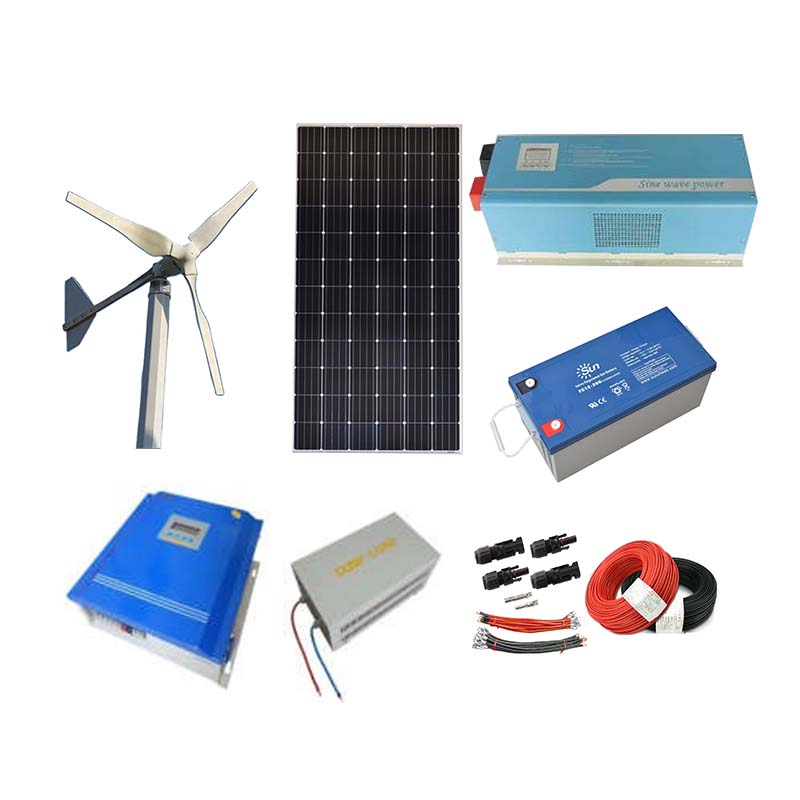
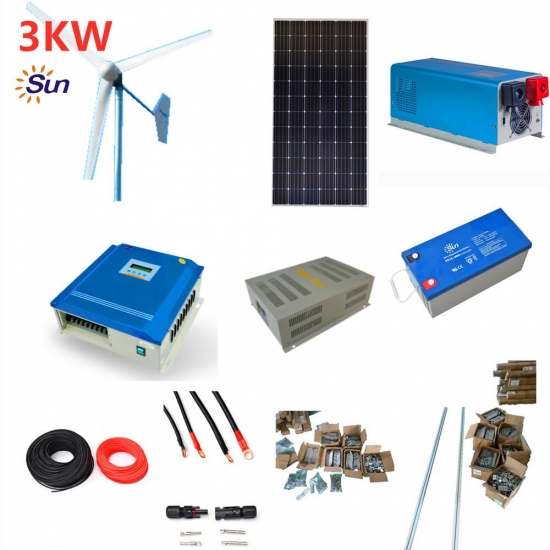
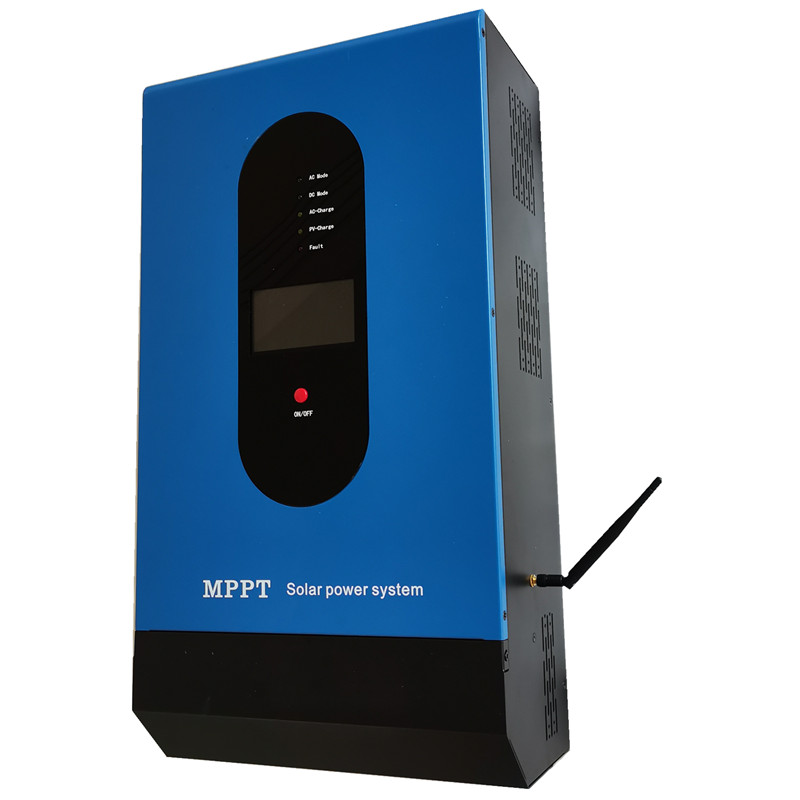
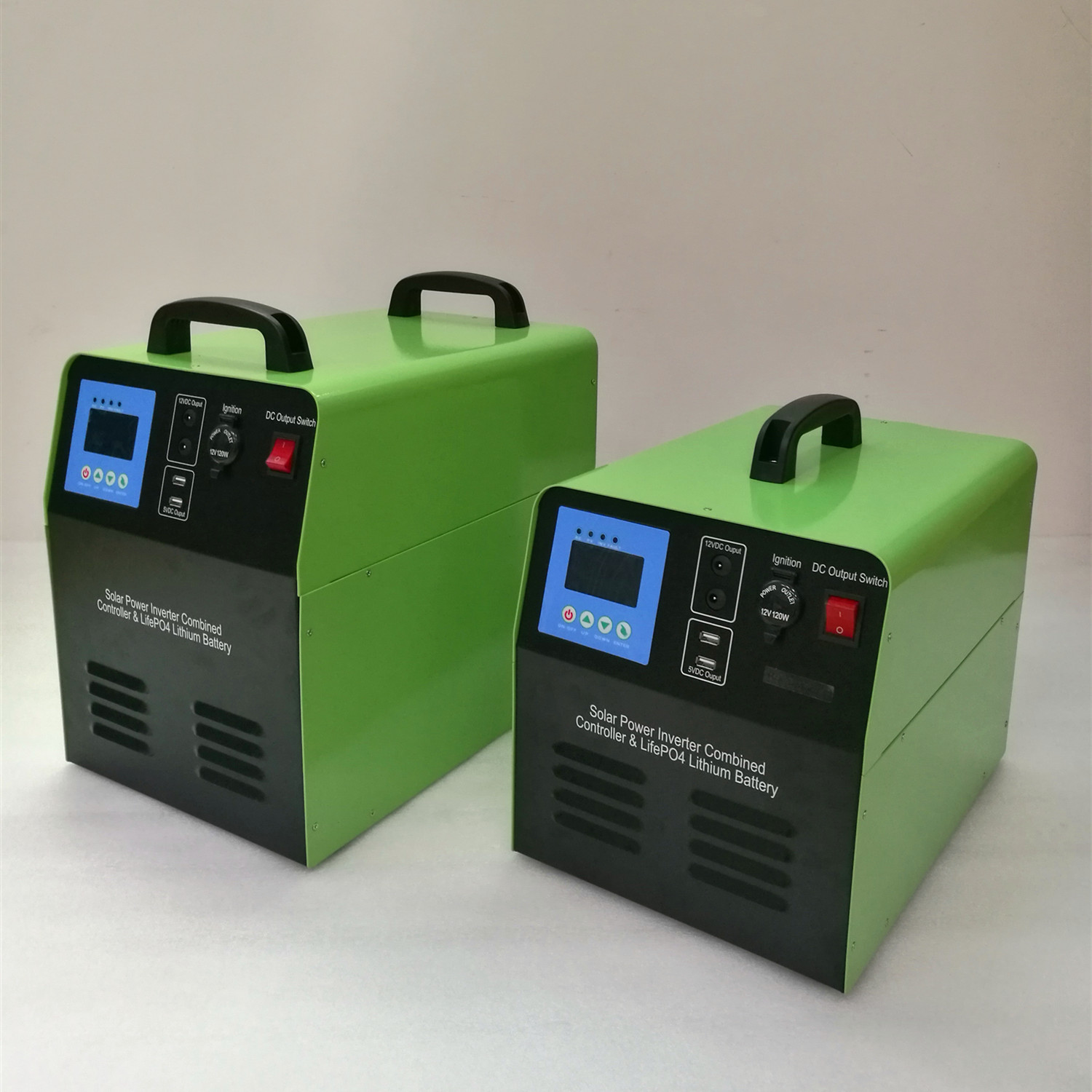
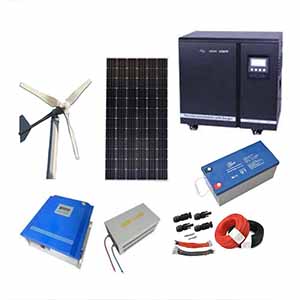
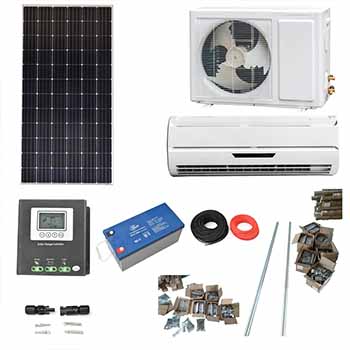
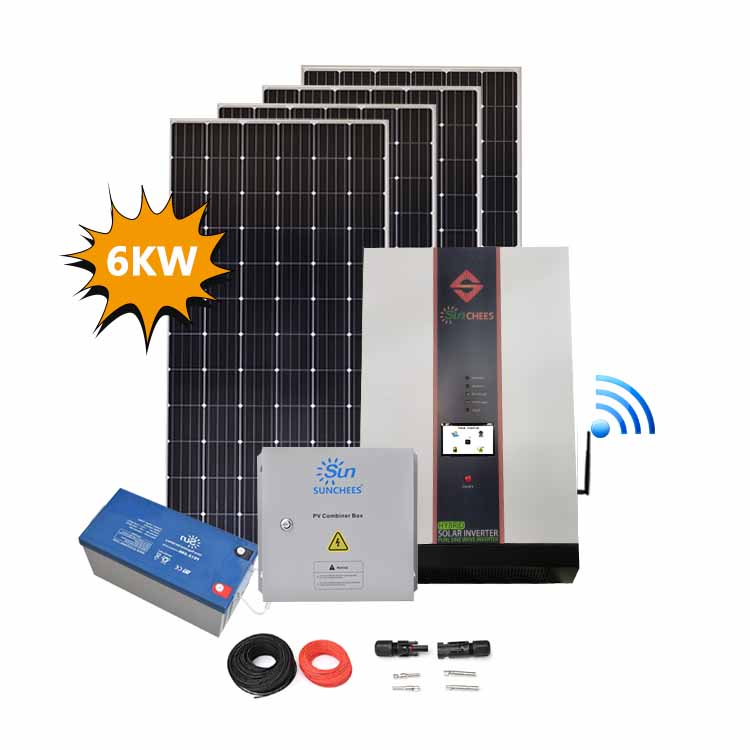

 Tel
Tel
 Email
Email
 Address
Address
















